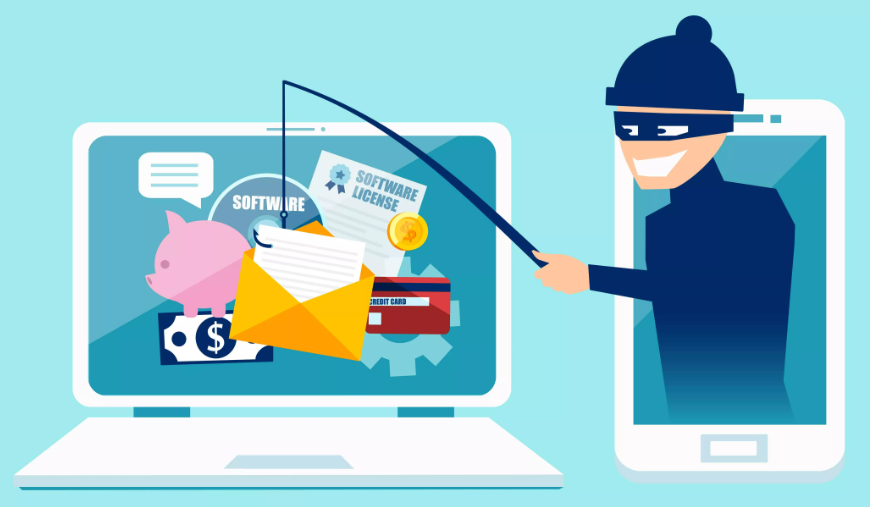In the vast landscape of cyber threats, phishing emails remain one of the most common and effective tactics used by malicious actors to steal personal information, credentials, and sensitive data. These deceptive emails are crafted to appear legitimate, often impersonating trusted entities or individuals, with the aim of tricking recipients into disclosing confidential information or performing actions that compromise their security.
What is Phishing?
Phishing is a type of cyber attack where attackers use fraudulent emails, messages, or websites to deceive individuals into divulging personal information, such as login credentials, credit card numbers, or social security numbers. These deceptive communications often masquerade as reputable organizations, financial institutions, or government agencies.
Key Characteristics of Phishing Emails:
Urgency and Fear Tactics: Phishing emails often create a sense of urgency or fear, pressuring recipients to act quickly without thinking. They might claim your account will be closed or that you’ve been a victim of fraud, prompting immediate action.
Spoofed Identities: Attackers mimic legitimate companies or individuals by forging email addresses, logos, and language to appear authentic. Always scrutinize the sender’s email address and check for any unusual or misspelled elements.
Unsolicited Requests for Information: Be cautious of emails requesting personal information like passwords, Social Security numbers, or financial details. Legitimate organizations typically don’t ask for sensitive information via email.
Suspicious Links and Attachments: Phishing emails often contain links or attachments that, when clicked, lead to malicious websites or download malware onto your device. Hover over links to check their destination URLs and avoid downloading attachments from unknown sources.
How to Protect Yourself from Phishing Attacks?
Stay Informed: Educate yourself and your team about phishing tactics and stay updated on the latest trends in cybersecurity threats.
Verify the Source: Double-check the sender’s email address and verify the legitimacy of the request by contacting the organization directly through their official website or phone number.
Think Before Clicking: Avoid clicking on links or downloading attachments from unfamiliar or suspicious emails. When in doubt, independently navigate to the website in question rather than following provided links.
Use Security Measures: Employ robust antivirus software, spam filters, and firewalls to help identify and block phishing attempts.
Regularly Update Passwords: Frequently update your passwords and use multi-factor authentication (MFA) whenever possible to add an extra layer of security to your accounts.
Conclusion:
Phishing attacks continue to evolve and adapt, making it crucial for individuals and organizations to remain vigilant and proactive in safeguarding against these threats. By staying informed, verifying sources, and practicing cautious online behavior, you can significantly reduce the risk of falling victim to phishing scams and protect your sensitive information from falling into the wrong hands. Always remember: think before you click.
Protect yourself and stay cyber-safe!
